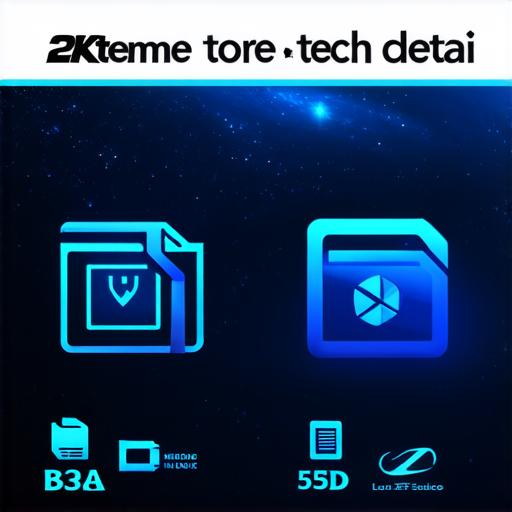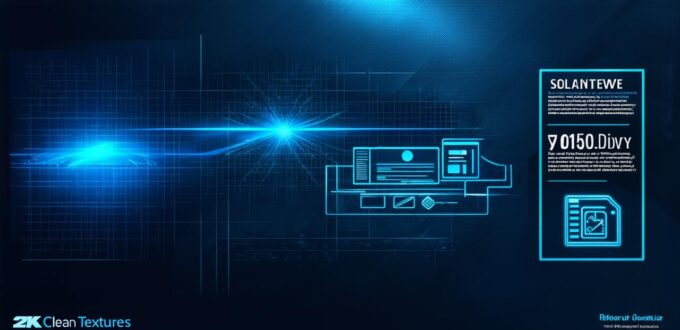As technology advances and software becomes more integral to our daily lives, it is important for individuals and businesses alike to understand the different types of programs and software available. In this article, we will delve into four kinds of programs and software that are widely used in today’s world. We will discuss their features, benefits, and drawbacks to provide a comprehensive understanding of each type.
Operating Systems: The Backbone of Computing
An operating system (OS) is a type of software that manages computer hardware and software resources. It provides a platform for running applications and services. Examples of popular operating systems include Windows, macOS, Linux, and iOS.
Operating systems are essential because they provide a consistent interface between the user and the hardware. They manage tasks such as memory management, file system management, networking, and device drivers. Operating systems also provide security features such as firewalls and anti-virus software to protect against cyber threats.
However, operating systems can be resource-intensive, especially on older or low-end hardware. They may also require regular updates to ensure optimal performance and security.
Productivity Software: Increasing Efficiency and Collaboration
Productivity software is designed to help individuals and businesses perform tasks such as word processing, spreadsheets, presentations, and project management. Examples of productivity software include Microsoft Office, Google Docs, and Slack.
Productivity software can increase efficiency by automating repetitive tasks, providing templates and formatting options, and allowing collaboration between team members. It can also save time and reduce errors by streamlining workflows and enhancing communication.

However, productivity software can be expensive, especially for businesses with many employees. It may also require training and support to ensure proper usage and adoption.
Application Software: Performing Specific Functions
Application software is designed to perform specific tasks or functions. Examples of application software include web browsers, email clients, video players, and photo editing software.
Application software is essential because it provides a wide range of functionality to users. It can also be customized to meet specific needs, allowing individuals and businesses to tailor their software to their unique requirements.
However, application software may require additional hardware or software to run effectively. It may also have compatibility issues with other programs and operating systems.
System Software: The Unseen Support System
System software is designed to support the operations of other software programs and applications. Examples of system software include device drivers, operating systems, and utilities.
System software is essential because it provides the underlying infrastructure for running other software programs. It manages tasks such as hardware and software compatibility, security features, and performance monitoring.
However, system software may not be as user-friendly or accessible as other types of software. It may also require technical expertise to install, configure, and maintain.
Case Studies: Real-Life Examples of Programs and Software in Action
Let’s take a look at some real-life examples to illustrate how these four types of programs and software are used in different settings:
1. A small business owner uses Windows as their operating system to run Microsoft Office for productivity tasks, Photoshop for graphic design, and Salesforce for project management. They also use Google Chrome as their web browser and Slack for team communication.
2. A student uses macOS as their operating system to run Apple Pages for word processing, Numbers for spreadsheets, and Preview for image editing. They also use Safari as their web browser and iMessage for communication.
3. A large enterprise uses Linux as their operating system to run a custom-built productivity suite, including a proprietary word processor, spreadsheet program, and presentation software. They also use a variety of application software such as video conferencing tools, customer relationship management systems, and supply chain management software.
FAQs: Frequently Asked Questions About Programs and Software
1. What is an operating system?
An operating system is a type of software that manages computer hardware and software resources, providing a platform for running applications and services.
2. What is productivity software?
Productivity software is designed to help individuals and businesses perform tasks such as word processing, spreadsheets, presentations, and project management.
3. What is application software?
Application software is designed to perform specific tasks or functions, such as web browsing, emailing, video playing, and photo editing.
4. What is system software?
System software is designed to support the operations of other software programs and applications, providing infrastructure for running other software.
5. Which type of program or software is best for my business needs?
The best type of program or software for your business needs will depend on your specific requirements and budget. It’s important to carefully evaluate the features and benefits of each type before making a decision.
6. Can I use multiple types of programs and software together?
Yes, it is common to use multiple types of programs and software together in a business environment. For example, you may use an operating system to run productivity software, application software, and system software.
7. Conclusion: Understanding the Power of Programs and Software
In conclusion, understanding the different types of programs and software available is essential for individuals and businesses alike. By exploring the features, benefits, and drawbacks of each type, we can make informed decisions about which programs and software are best suited to our needs. Whether it’s productivity software, application software, or system software, the right tools can help us work more efficiently, effectively, and collaboratively.
